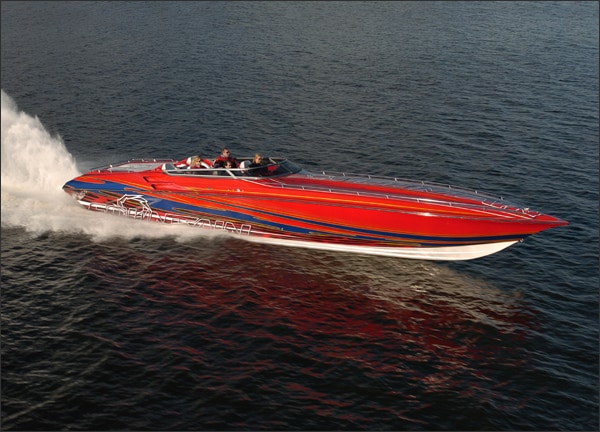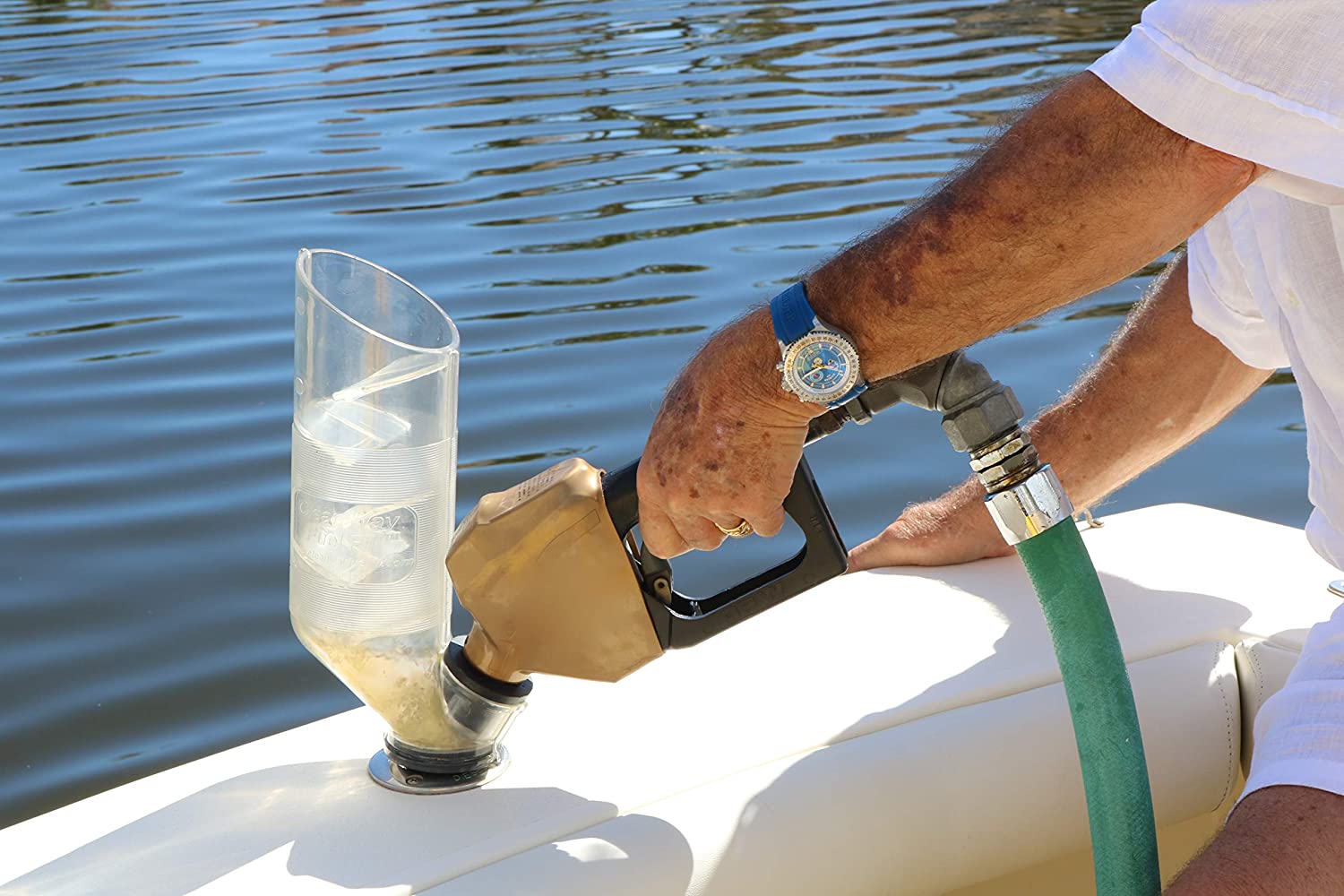A boating accident in Virginia Beach, Virginia, last summer—now the subject of a new lawsuit—has shed light on a relatively unknown but still valid maritime law dating to the 1850s.
Virginia Beach is Virginia’s most populous city, and a lot of its residents own watercraft. The Lynnhaven River, which cuts through the northern part of the city, is a very popular and sometimes crowded waterway.
Much of the Lynnhaven is no-wake. However, Linkhorn Bay is one section of the river where boaters can hit the gas. It is a busy place on weekends. It is not uncommon for powerboats, wakeboarders and tubers, and personal watercraft to be cruising around in every direction. On Sunday, June 7, 2020, two vessels got a little too close to each other and there was an accident.
According to court filings, Erik Simons was operating his Sea-Doo in that area when a 47-foot Fountain powerboat named No Limits, owned by Morechell Pryer of Virginia Beach, came from behind and passed Simons.
According to Simons, the Fountain’s wake tossed him off his watercraft.
Simons broke his leg in two places and dislocated his shoulder. The accident was reported to Virginia Beach Police, but no one was cited.
Pryer reported that he had seen jet skiers jumping wakes that day. Pryer said he did not see the alleged accident, and denied responsibility.
On January 29, 2021, Simons sued Pryer for $850,000 in damages. Just a few days later, February 2, Pryer filed an “action for exoneration from or limitation of liability” in U.S. District Court, Norfolk.
Pryer’s filing is based upon federal maritime law dating to the 1850s. In basic terms, the federal statute limits a vessel owners’ liability in boating accidents to the value of the vessel and its pending freight (combined earnings from passenger fares and freight charges).
Pryer says his boat is valued at $300,000, and that should be the limit of his liability. Pryer’s attorney is Christopher Abel, a noted maritime attorney who practices maritime law throughout the United States.
According to Abel, “The statute was originally intended to boost shipping and commerce. In the 1800s, purchasing a vessel and sending it off on the high seas to engage in commerce was very risky. This law reduced the risk. And while the law was written with commercial vessels in mind, courts have held that it applies to recreational vessels as well. The law has been applied to incidents such as the Deep Water Horizon disaster, and even the sinking of the Titanic.”
Pryer and Abel employed Richard Milner, an accredited surveyor, to determine the value of Pryer’s Fountain. Milner derived the figure of $300,000. The Fountain was not carrying any freight at the time of the incident.
The majority of these lawsuits are settled without a trial. Bay Bulletin will keep you posted on the outcome.
-Kendall Osborne




